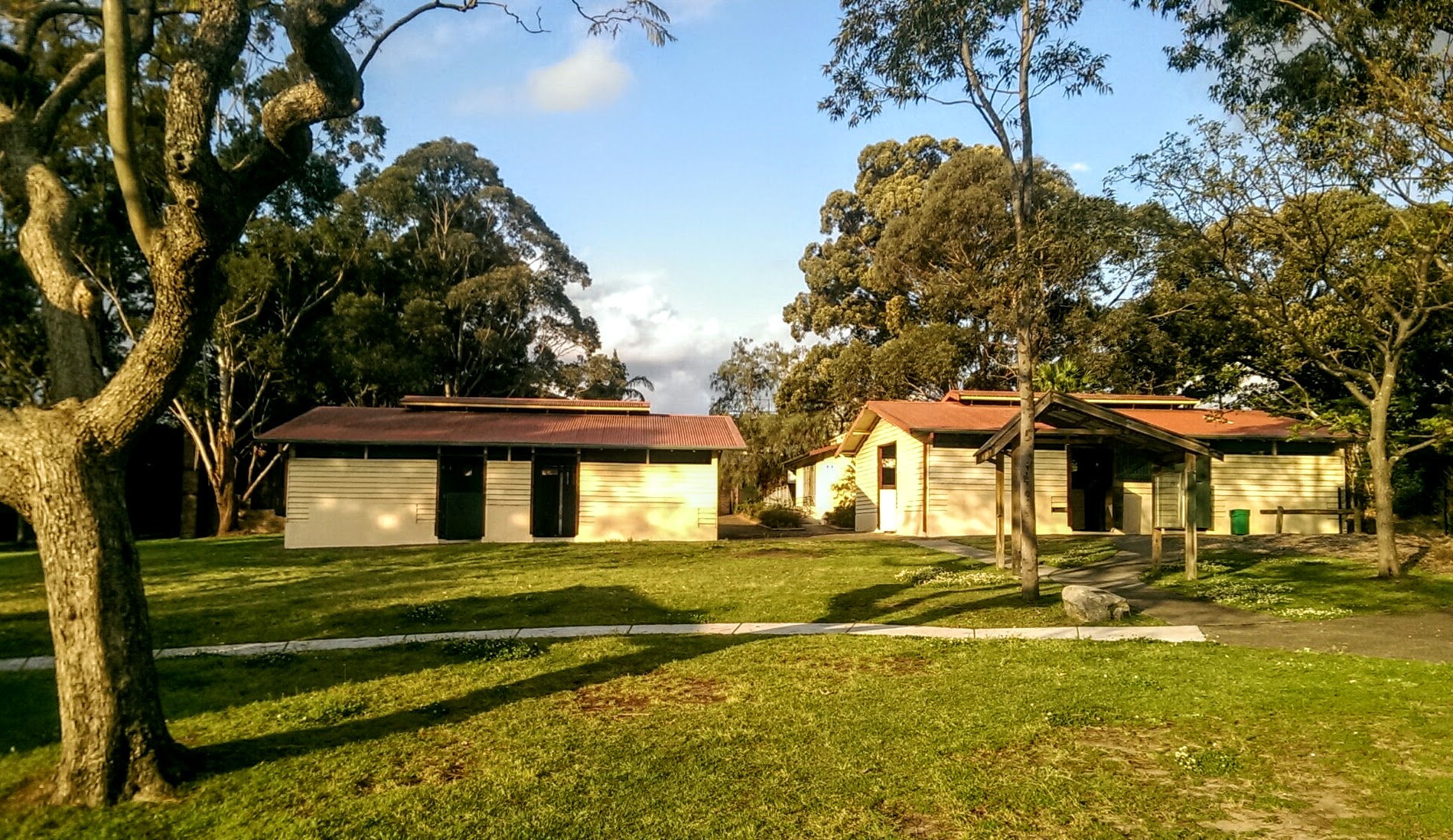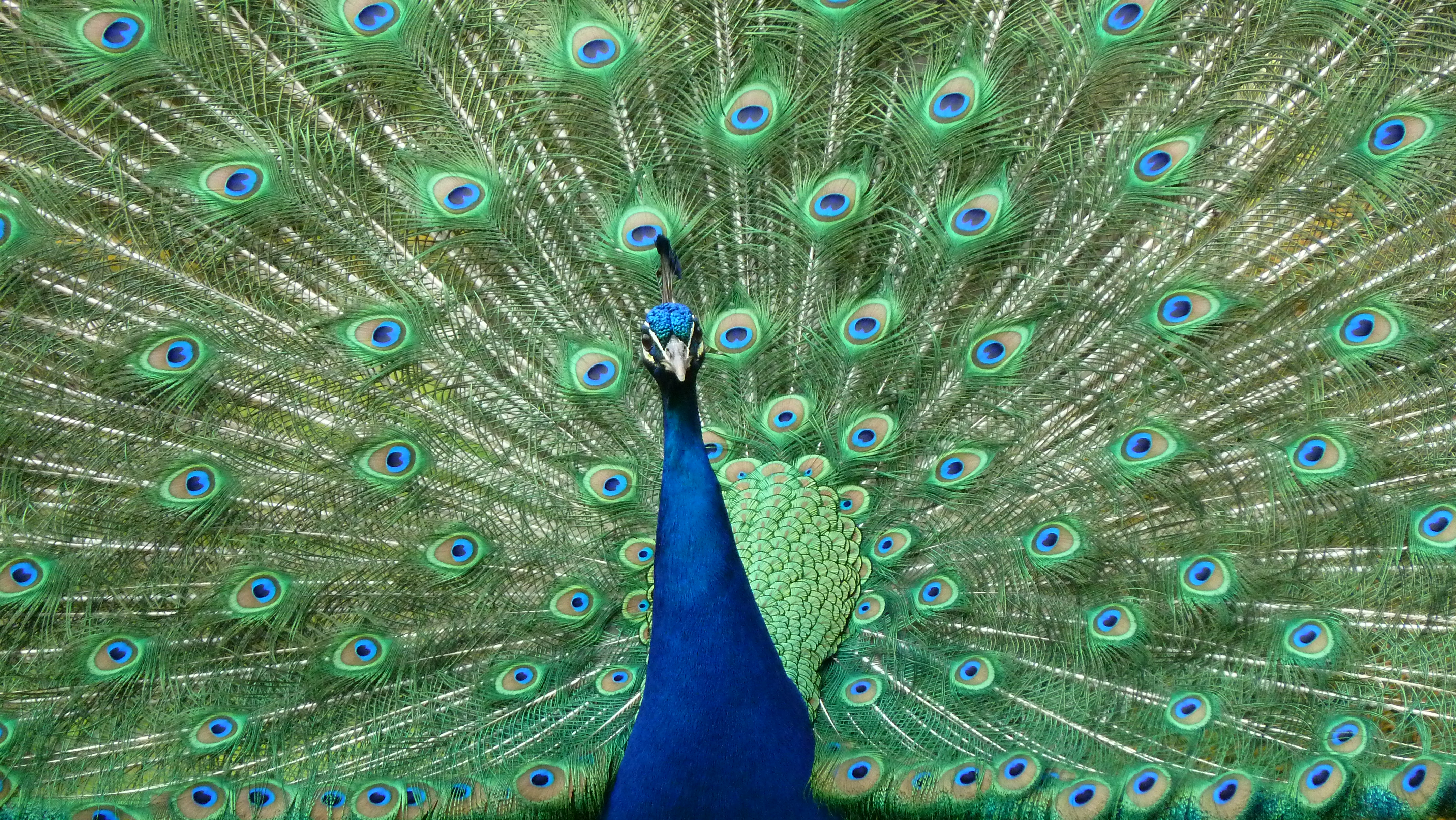Before European settlement, the area of Agnes Bank was occupied by the Dharug Aboriginal people and whilst there are no Aboriginal sites recorded for Agnes Banks, there are several in the surrounding area. Castlereagh and Windsor Downs Nature Reserves, for example, have a number of open Aboriginal campsites with surface scatters of stone and isolated artefacts of chert stone tools and flakes. (more info)
One of the first Dharug people to have contact with the British occurred in 1797 at Yarramundi Lagoon, which is a body of water which lies parallel to the Nepean River at Agnes Banks. This Lagoon is named after Yellomundee, who was a tribal leader in this region. On this particular day, Governor John Hunter saw a Dharug man spear a platypus. Interestingly, Yellomundee’s daughter, Maria, who was born about 1808 near the Lagoon, became the first student at Governor Macquarie’s Parramatta Native Institution in 1814. And, according to reports, Maria learnt to read and write rather well. She also became the first Aboriginal person to marry a European and they had ten children together.
One of the first Dharug people to have contact with the British occurred in 1797 at Yarramundi Lagoon, which is a body of water which lies parallel to the Nepean River at Agnes Banks. This Lagoon is named after Yellomundee, who was a tribal leader in this region. On this particular day, Governor John Hunter saw a Dharug man spear a platypus. Interestingly, Yellomundee’s daughter, Maria, who was born about 1808 near the Lagoon, became the first student at Governor Macquarie’s Parramatta Native Institution in 1814. And, according to reports, Maria learnt to read and write rather well. She also became the first Aboriginal person to marry a European and they had ten children together.
The area which would become Agnes bank was originally granted to John Howell, who received 200 acres. In 1804, Governor King granted Andrew Thompson (1773 –1810), a former convict who had arrived in the colony in 1792, the land that had belonged to Howell, with an additional 78 acres. The land, which was situated on the banks of the Nepean River, was named Agnes Banks by Thompson, after his mother Agnes Hilson. Thompson then rented the fertile land out to others who were engaged in agriculture. Andrew Thompson, it should be mentioned, was regarded as a notable person at nearby Windsor, where he was an entrepreneur; later he was appointed Chief Constable and then a Magistrate by Governor Macquarie. Thompson became known as the “Father of Windsor” and the first public square in Australia was named after him. But that is another story.
Andrew Thompson died in 1810 at Windsor and his land at Agnes Banks was sold to John Campbell, in 1815. Campbell commissioned two farmhouses to be built on the land by Thomas Howell, a local builder. Then, Ronald Barr purchased a part of the Agnes Banks property and named the house there “Osborne”.
 |
| Yarramundi Lagoon, Agnes Banks |
Andrew Thompson died in 1810 at Windsor and his land at Agnes Banks was sold to John Campbell, in 1815. Campbell commissioned two farmhouses to be built on the land by Thomas Howell, a local builder. Then, Ronald Barr purchased a part of the Agnes Banks property and named the house there “Osborne”.
 |
| Osborne homestead viewed from the garden, Agnes Banks, New South Wales, ca. 1970 [picture] / Wes Stacey. No Government Copyright Ownership |
| Bill's horse trough, Agnes Banks |
 |
MURDER BY A MADMAN AT
AGNES BANKS.
(HAWKESBURY CHRONICLE )
AGNES BANKS.
(HAWKESBURY CHRONICLE )
A horrible murder was committed at Agnes
Banks, on Tuesday, the 22nd ult, by Robert
Wiiliams, brother-in-law of the victim, William
Freeman, an old man with a large family, and
much respected in the district. It appears that
the murdered man was husking corn in the
granary at his residence at Agnes Bank. which
the murderer used as his bedroom. On Tuesday
morning some altercation is supposed to have
taken place between deceased and Williams, Mrs
Freeman, wife of the murdered man, and sister of
Robert Williams, hearing a noise up in the
grainary, went out to ascertain the cause, when she
saw her husband lying with his head against a
heap of unshucked corn. Blood was flowing from
his head profusely. She saw Robert Williams
walk away from where her husband was lying who.
was then in a dying state, and never spoke. A
son of the deceased went to Richmond to inform the
police Dr Jockel was soon in attendance, but
life was then extinct. On receipt of information
Senior-constable McNeely and constable Miles
started for the scene of the murder. They found
Williams lying on the roadside about a mile from
the granary where the affair took place,
Nepean Times Penrith, NSW : 1882 - 1962), Thursday 9 December 1948,
 |
| The Riverine Herald (Echuca, Vic. : Moama, NSW : 1869 - 1954; 1998 - 1999) Tue 8 Mar 1881 |
The late Victorian farmhouse named Chestnut was built at Agnes Banks around 1880 in Flemish bond brickwork.
In 1910, about 1000 people lived in the Agnes Banks area and there were about 200 houses. In the 1940s, a man named Tex Morton operated The Dude Ranch, which featured entertainment and a guest house.
 |
The first application for a government school in the Agnes Banks area was made in 1874. It was named Yarramundi School until it closed in 1908. The school reopened as Agnes Banks Public School in 1923, but finally closed in 1970. The building is now privately owned.
Only three chimneys still survive from the simple cottage belonging to Charles Palmer, the schoolmaster, which was built on 100 acres of land granted by Governor King, in 1803.
 |
| Charles Palmer's house around the year 2000 |
 |
| Remains of Charles Palmer, the schoolmaster's house, Agnes Bank, 2016 |
 |
| 254 Yarramundi Lane, Agnes Banks. Circa 1860 |
 |
| 354 Castlereagh Road, Agnes Banks |
 |
| Tyreel, Agnes Banks |
 |
| The General Darling Inn, now private residence, Agnes Banks, circa 1820? |
















.jpg)














